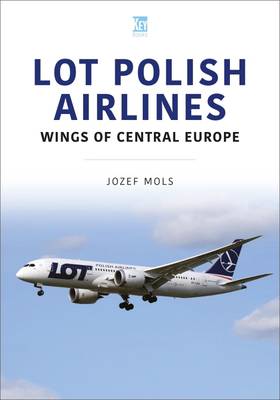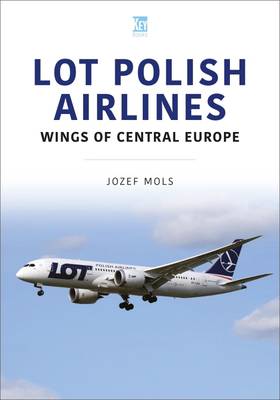
- Afhalen na 1 uur in een winkel met voorraad
- Gratis thuislevering in België vanaf € 30
- Ruim aanbod met 7 miljoen producten
- Afhalen na 1 uur in een winkel met voorraad
- Gratis thuislevering in België vanaf € 30
- Ruim aanbod met 7 miljoen producten
Zoeken
€ 22,45
+ 44 punten
Omschrijving
The first traces of Polish aviation can be found in 1910. However, one of the first fully domestic airlines, under the name of Aerolloyd, was formed in 1922 by Polish oil barons and operated from the Free City of Danzig, with the help of German investors. Aerolloyd, or Aerolot in Polish, initiated a merger with some smaller competing Polish airlines in 1927 to form LOT Polish Airlines, which was owned by the Polish state. During World War Two, when Poland was occupied by German troops, the airline ceased all operations. After the war, and under Soviet control, LOT was forced to use Russian-built aircraft, though in certain cases, some Western aircraft were also used. In general, however, LOT remained a loyal customer of the Russian aviation industry until the fall of the Berlin Wall. By that time, more Western equipment was entering the fleet, and the airline was gradually expanding its route network. Although LOT has had to face numerous problems, including the grounding of the Boeing 737 MAX 8 fleet, a failed privatization and the COVID-19 pandemic, the airline has managed to become the leading airline in Eastern Europe. Illustrated with over 150 photographs, this book tells the history of this fascinating airline from its beginnings to the present day.
Specificaties
Betrokkenen
- Auteur(s):
- Uitgeverij:
Inhoud
- Aantal bladzijden:
- 96
- Taal:
- Engels
- Reeks:
Eigenschappen
- Productcode (EAN):
- 9781802822601
- Verschijningsdatum:
- 1/01/2024
- Uitvoering:
- Paperback
- Formaat:
- Trade paperback (VS)
- Afmetingen:
- 170 mm x 243 mm
- Gewicht:
- 326 g

Alleen bij Standaard Boekhandel
+ 44 punten op je klantenkaart van Standaard Boekhandel
Beoordelingen
We publiceren alleen reviews die voldoen aan de voorwaarden voor reviews. Bekijk onze voorwaarden voor reviews.











